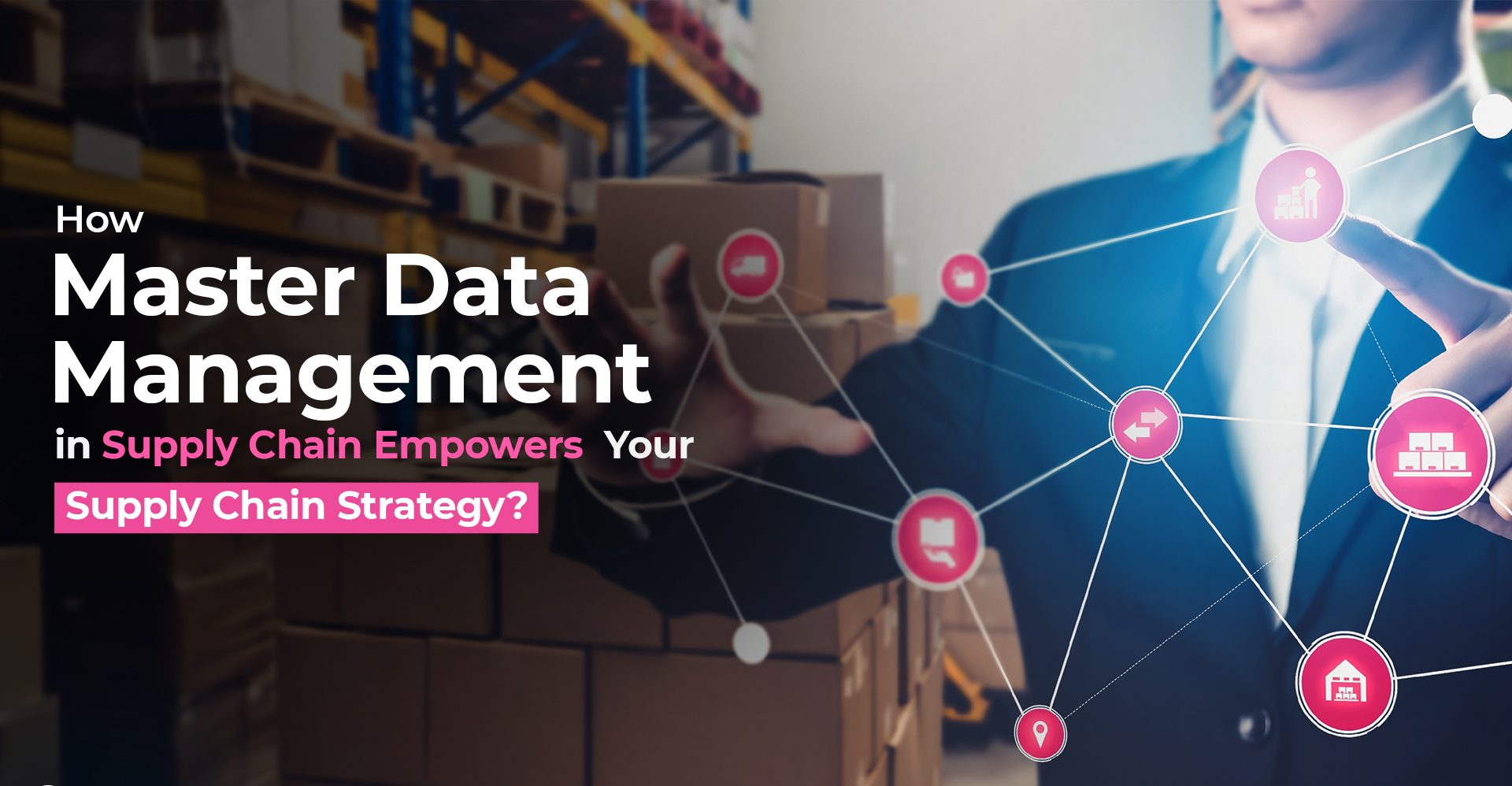Ever found yourself confused between ‘Procurement’ and ‘Supply Chain’? You’re not the first one. These terminologies are often used interchangeably, and on the surface level they might seem like the same thing.
But they are not.
Procurement focuses on the ‘Input’ (sourcing, negotiating, & purchasing of raw material/services). Whereas, Supply chain management oversees the ‘output’ (production process, finished goods, & distribution).
Understanding the differences between these two essential concepts can help you build a resilient, sustainable organization, combining the benefits and efficiencies of both processes.
In this article, we will talk about:
What is a Procurement system, and how does it work?
What is Supply Chain Management, and what are its functions
Key differences between them, and,
How their coordination can transform your business and budget.
What is Procurement?
Procurement is the process of acquiring the best raw materials, goods and services for your business. It deals with identifying business requirements, sourcing from reliable suppliers, negotiating prices, and making sure everything is delivered on time.
But it’s not just about buying stuff. Procurement teams are also responsible for building strong relationships with both suppliers and clients to purchases with operational objectives.
Key Activities in the Procurement Strategy:
- Figuring out Needs:
Understanding organizational needs and identifying what raw materials, goods or services are required to run smooth business operations.
2. Market Research:
After figuring out what you need, the next step is to find out the best sources for quality and cost. This involves analyzing the market to identify potential suppliers and evaluate options.
3. Supplier Negotiation:
Negotiation ensures you get the best value for money by discussing terms, prices, and conditions with suppliers. It helps build mutually beneficial agreements.
4. Purchase Order:
After negotiation a formal document, called the purchase order (PO) is issued to the supplier. It includes the procurement details like quantities, prices and delivery schedules.
5. Delivery and Quality Assessment:
Once the goods or services are delivered, they are inspected for quality and compliance with the set standards. If there are any issues, they are immediately addressed.
6. Payments and Receipts:
Payments are processed according to the contract terms, after verifying quality and delivery by the procurement team. Receipts are documented for financial records.
7. Supplier Relationship Management:
Delivery of required goods and services does not mark the end of procurement process. Maintaining healthy, long term relationships with suppliers results in better terms, deals, discounts and improved future collaboration.
8. Contract Management:
Procurement teams create contracts, monitor and update them regularly to make sure both parties meet their obligations.
What is Supply Chain Management (SCM)?
A supply chain is a network of suppliers, service providers, logistics partners, and other resources working together to move materials and products through the system.
It encompasses the entire process of production, from sourcing raw materials to manufacturing and finally the delivery of finished products to the customers.
Let’s have a deeper look the at the general responsibilities of SCM teams in industries.
Key Objectives of Supply Chain Management:
- Operational Efficiency:
The goal is to streamline workflows, speed up the production process, reduce delays, minimize wastes and ensure faster delivery of products to the market.
2. Minimizing Costs:
An efficient SCM team cuts down on operational expenses intelligently without compromising on the product quality and customer expectation.
3. Maintaining High Quality:
Making sure that every step of the supply chain is designed to meet the set standards in order to deliver consistent product quality.
4. Flexibility and Adaptability:
To create an agile system that is prepared for market uncertainities, supplier unavailability and any logitical challenge that comes along the way.
5. Coordination and Integration:
Integration of processes and systems to promote healthy collaboration and teamwork between all parties in the supply chain.
6. Risk Management
SCM teams are responsible for identifying vulnerabilities in the system and implementing preventive measures to eliminate potential disruptions in the production process.
7. Customer Satisfaction:
Delivering superior quality products on time to improve customer satisfaction and aligning supply chain objectives with customer needs.
8. Innovations for Growth:
To make the best use of new technologies, processes and strategies to improve production systems and MRO operations for better efficiency and growth.
9. Control and Decision Making
Deploying Master Data Management (MDM) systems to ensure accurate and consistent data visibility across the supply chain.
How are Procurement and Supply Chain Management are different from each other?
Both procurement and supply chain management share the common objective of driving organizational success. But they have their distinct ways to do so.
Here is how they differ:
- Procurement is key subset of the larger supply chain process. It handles the “input” side of the production process, with primary objective of sourcing raw materials needed for manufacturing. Supply chain management, on the other hand, deals with “output”, taking the procured materials and turning them into finished products.
- Procurement is a supporting system of production, whereas supply chain management broadly manages the production process and distribution.
- The main goal of procurement teams is capital efficiency, finding ways to save money and get the best value. While supply chain prioritize operational efficiency, looking for innovative strategies to streamline production and lower distribution costs.
Benefits of Supply Chain & Procurement Coordination:
Even though procurement and supply chain operate separately, aligning them is crucial for success. And when these two teams work collaboratively, they do transform your business and budget.
Here are three ways procurement and supply chain coordination benefits your business.
- Better Planning Across Departments: Planning and managing resources for production and distribution should be a team effort. Working together can result in better forecasts, a clearer view of contract terms and their effects, less capacity and warehouse friction, and quicker time from raw material to delivering finished goods.
- Data Transparency: Breaking down data silos can significantly improve both department’s ability to reduce lead times, identify trends, and find better ways to reduce costs and improve efficiency. An integrated software can provide a complete view of the mro supply chain process, enabling procurement team to better assist SCM operation and streamline the entire production cycle.
- Supplier Streamlining: Procurement team may already have a list of best preferred vendors, a team based approach can be helpful in acquiring the best prices, quality and terms. This will result in a significant cut down on order placements and payment processing timelines.
Searching for better ways to align your organization’s supply chain and procurement? Schedule a demo to see how Net Results can help you collaborate them effectively.



